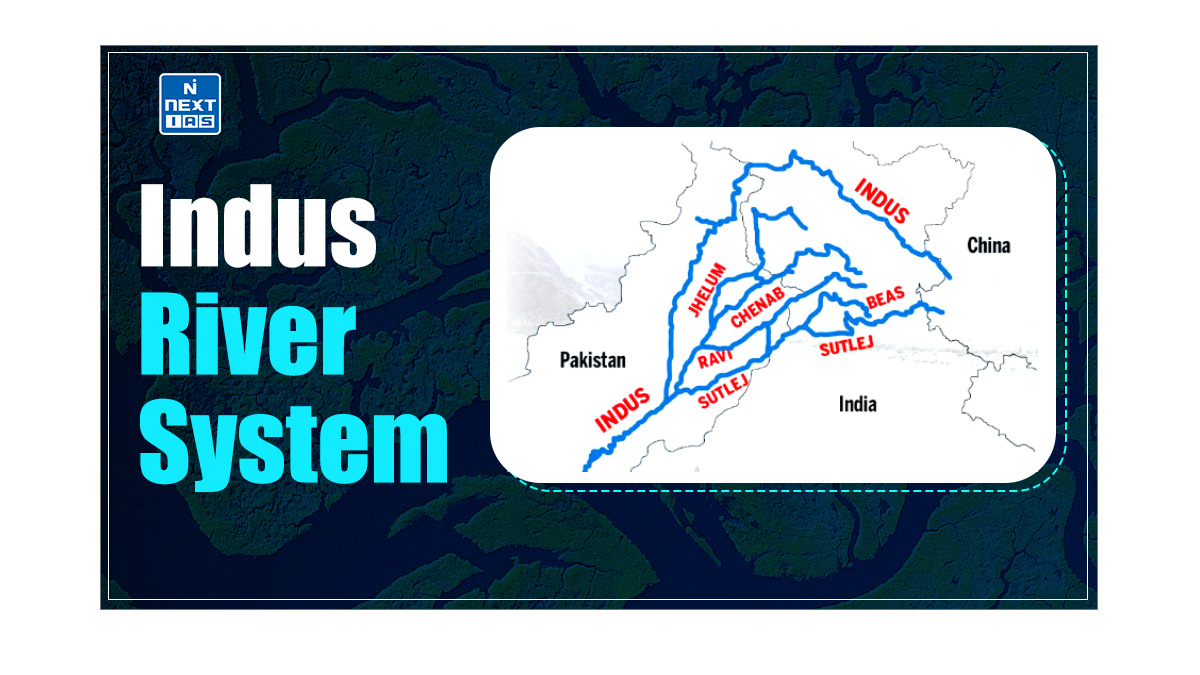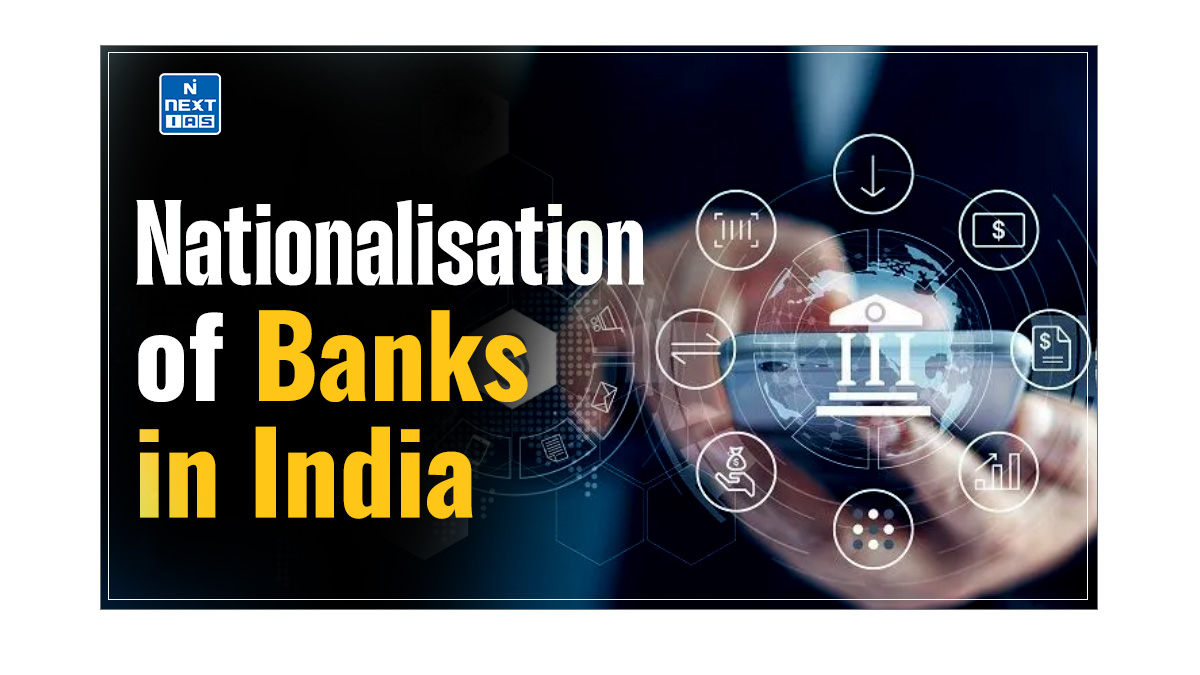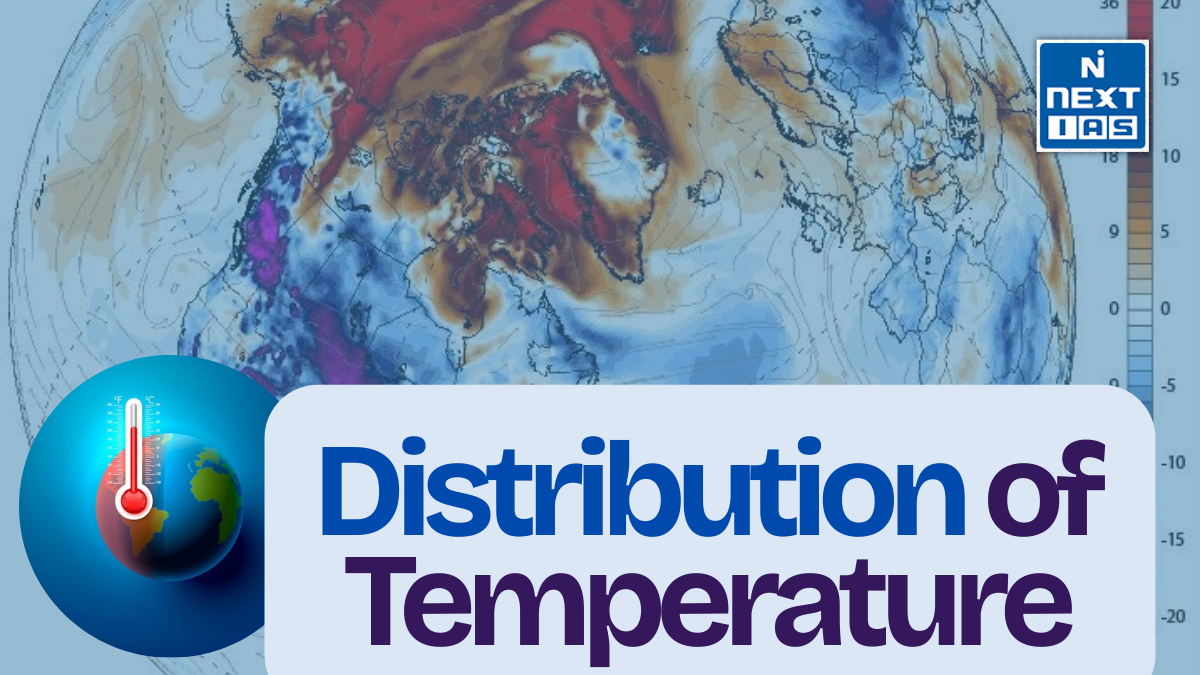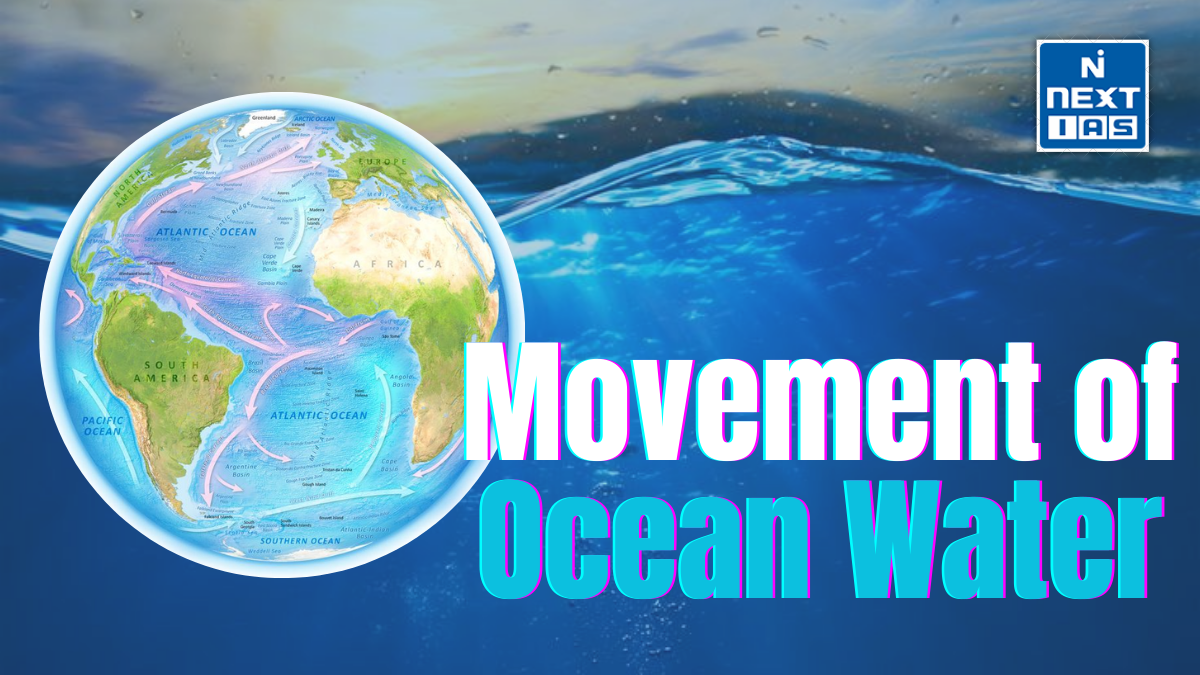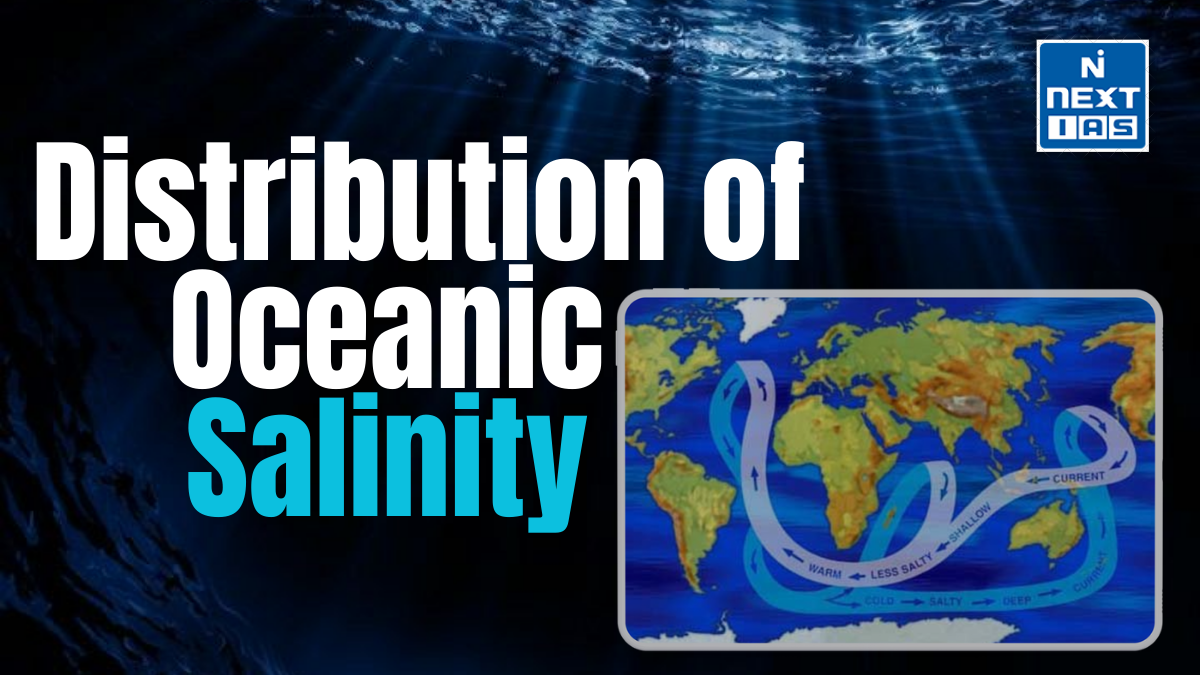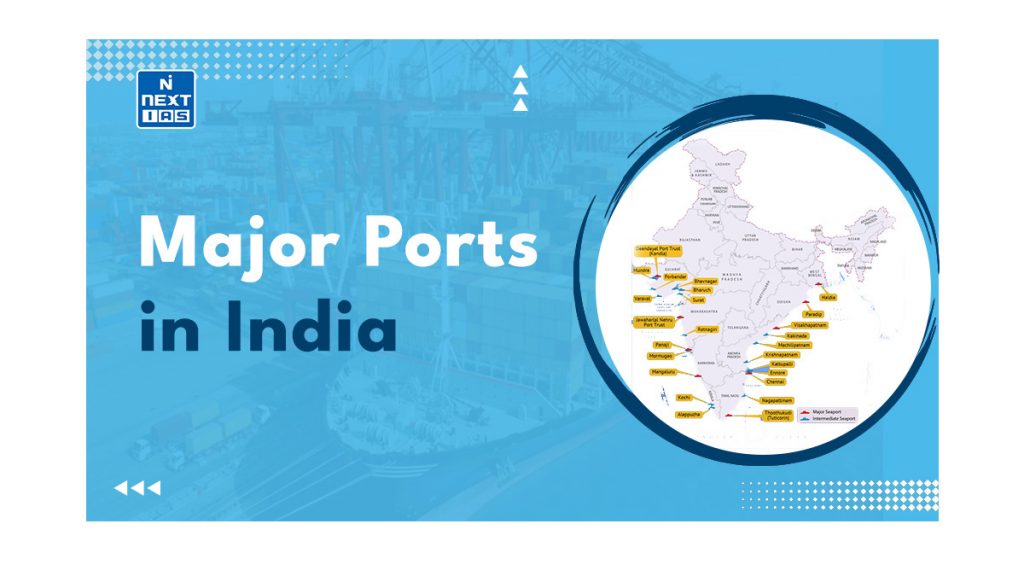
Explore major ports in India, their achievements, challenges, and initiatives to enhance efficiency. Learn how the Sagarmala program is shaping the future of maritime trade and infrastructure, driving economic growth along India’s extensive coastline.
Major Ports in India
West Coast
- Kochi Port: Situated in Kochi, Kerala, it is a significant port on the southwestern coast of India.
- Kolkata Port: Located in Kolkata, West Bengal, it is the oldest operating port in India.
- Kandla Port: Situated in Kandla, Gujarat, it is the largest port by volume of cargo handled in India.
- Marmagao Port: Situated in Goa, it is a prominent port known for its iron ore export.
- New Mangalore Port: Located in Mangalore, Karnataka, it is a major port of India on the west coast.
- Mumbai Port (Bombay Port): Located in Mumbai, Maharashtra, it is one of the oldest and busiest ports in India.
- Jawaharlal Nehru Port (Nhava Sheva): Also situated near Mumbai in Navi Mumbai, Maharashtra, it is the largest container port in India.
- Vadhavan Port
East Coast- Chennai Port: Situated in Chennai, Tamil Nadu, it is one of the major ports in India on the eastern coast.
- Ennore Port: Located in Ennore, Tamil Nadu, it primarily handles thermal coal and other cargo.
- Paradip Port: Located in Odisha, it is an important port for bulk cargo, particularly iron ore exports.
- Visakhapatnam Port: Located in Visakhapatnam, Andhra Pradesh, it is one of the largest and deepest ports in the country.
- V.O. Chidambaranar Port (formerly Tuticorin Port): Located in Thoothukudi, Tamil Nadu, it is one of the fastest-growing ports in India.
- Port Blair: Port Blair is in Andaman and Nicobar Islands.
Performance of Major Ports in India
Addressing the 2nd Edition of FICCI’s Port Infrastructure Conclave in New Delhi, Shri Sonowal highlighted remarkable achievements in major ports of India. He mentioned that:
- Cargo management: Managed an unprecedented 795 million tonnes of cargo, signifying a remarkable 10.4% growth from the previous year.
- Daily Output: New high in daily output, reaching 17,239 tonnes, marking a 6% increase compared to the previous year.
- Operating ratio: All-time best operating ratio of 48.54%. Shri Sonowal specifically commended the Jawaharlal Nehru Port Authority (JNPA) for setting a new industry standard by handling over 6 million TEUs, reflecting the highest container throughput.
- Vessel Handling: Major ports in India reached a pinnacle in vessel handling, overseeing a total of 21,846 vessels during the year.
Challenges in the Functioning of Major Ports in India
- Inadequate Depths: Major ports in India faced limitations in their available depths, making them unsuitable for various international vessels.
- Dredging Challenges: Dredging efforts by these ports proved ineffective, resulting in substantial discrepancies between the drafts in access channels and berths.
- Extended Ship Turnaround: India’s ports encountered extended ship turnaround times, in contrast to Singapore, where this process takes less than a day.
- Inefficient Cargo Handling: Cargo handling services at ports were inefficient, with many berths lacking dedicated facilities necessary for the swift processing of key cargo types.
- Obsolete Equipment: Over half of the port equipment exceeded their economic lifespans, leading to low utilization, as users preferred modern privately-owned equipment.
- Storage Shortages: Ports experienced issues related to storage space and connectivity, crucial for the seamless accumulation and distribution of cargo.
- Connectivity Challenges: Connectivity infrastructure deficiencies hindered efficient cargo evacuation, including narrow last-mile links, daytime truck movement restrictions, and a lack of dedicated port roads connecting to highways.
- Lengthy Inspections and Scrutiny: Despite advancements in digitization and paperless customs procedures, maritime operations and cargo remained subject to prolonged inspections and scrutiny.
- Environmental Non-Compliance: Port operations often resulted in spills, leaks during cargo operations, and oil spills, as they failed to adhere to environmental regulations and standards.
Sagar Mala Initiative for Major Ports of India
The Sagarmala initiative received the nod of approval from the Union Cabinet on March 25, 2015. As an integral component of this program, a National Perspective Plan (NPP) was meticulously devised for the holistic advancement of India’s extensive 7,500 km coastline, the potential 14,500 km of navigable waterways, and the broader maritime sector. Efforts that have been taken to improve the functioning of Ports.
- Project Unnati – Operational Efficiency Improvement
As part of Project Unnati, global standards were adopted to enhance the performance metrics related to efficiency and productivity in 12 major ports in India.
- Capacity Expansion of Existing Major Ports in India
Comprehensive master plans have been completed for each of the 12 major ports in India. These master plans have facilitated the identification of 92 port capacity expansion projects, with an estimated cost of Rs. 58,884 crore.
- New Port Development
To bridge the existing demand gap, there are strategic plans to establish two new major ports, which are poised to bring about substantial capacity expansion.
- Port Connectivity
More than 235 connectivity projects at an estimated investment of more than Rs. 2.35 Lac Crore have been identified. Some of the types of connectivity projects considered are listed below:
- National waterways prioritized for development in the first phase
- Connectivity to Dedicated freight corridors
- Last-mile rail and road connectivity projects
- Major rail connectivity projects
- Freight friendly Expressway projects connecting the major ports
- Development of Multi-Modal Logistics Parks
- POL Pipelines
- Port led Industrialisation
It includes plans for developing industrial areas near ports, featuring concepts like Coastal Economic Zones (CEZs) – regional economic areas linked to ports, and Coastal Economic Units (CEUs) – specific industrial estates within CEZs. These initiatives facilitate efficient cargo movement and industrial growth along India’s coastline.
Recommendations to Improve Efficiency of Major Ports of India by CAG
Here are the recommendations for the betterment of Major Ports in India:
- Draft facility: The Ministry should take deliberate actions to ensure that the minimum draft availability of 14 meters, as advised by the Inter-Ministerial Group, is consistently maintained.
- Dredging Policy: There is a need to establish a clear dredging policy that emphasizes competitive bidding. Dredging requirements should be assessed through long-term planning and comprehensive surveys, ideally in collaboration with specialized organizations to ensure better quality assurance.
- Connectivity: Four-lane roads and double-line rail connectivity as recommended by the Committee on Infrastructure should be taken up for speedy implementation.
Way Forward
India’s reliance on maritime trade, accounting for over 90% of its volume, necessitates continual improvements in port and trade infrastructure. Key areas of focus for major ports in India include modernizing infrastructure, embracing digitalization, and enhancing connectivity for efficient cargo handling and trade facilitation.
The Sagarmala Program is playing a pivotal role in strengthening India’s maritime sector, promoting port efficiency, expanding capacity, and bolstering its vital role in the country’s economic growth and global trade.
Sources:
GS - 3